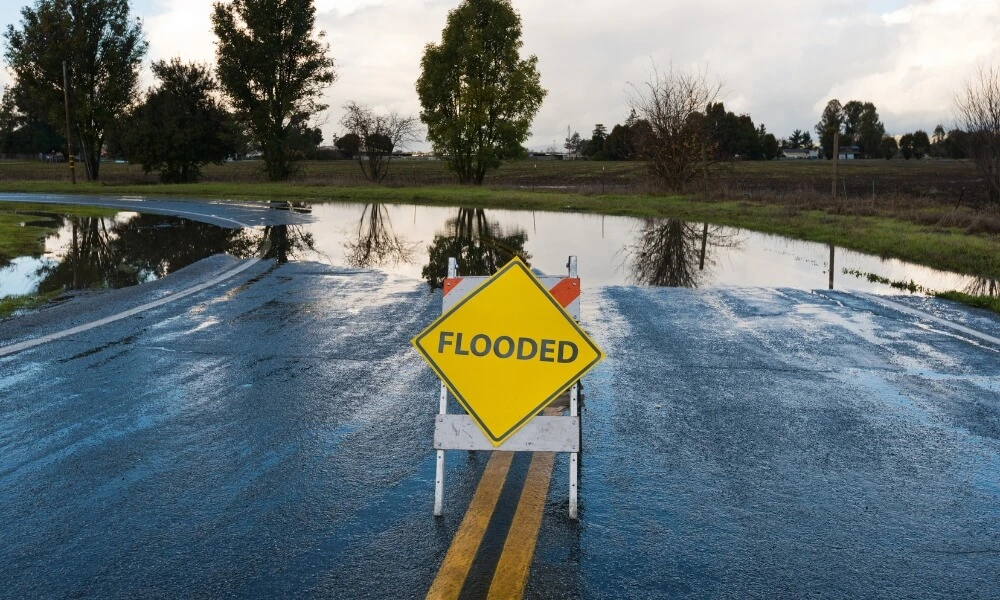Water, the elixir of life, is central to our existence. It nourishes our bodies, supports ecosystems, and powers numerous industries. However, water also possesses a dual nature, as it can turn from a life-giver to a potential threat under certain circumstances. The term “water hazards” encapsulates these threatening aspects of water. From surging tsunamis to invisible pathogens lurking in a seemingly benign water source, understanding these hazards is crucial to our safety and well-being.
In this blog, we’ll delve deep into the definition of water hazards and explore ten distinct examples that underscore the multifaceted nature of these risks. Join us on this enlightening journey to better understand water’s potential challenges and the importance of staying informed.
What are Water Hazards? Definition
A water hazard is any situation or condition involving water that may pose a risk or threat. This encompasses natural bodies of water, weather phenomena related to water, and conditions that can result from human interaction with water. Such hazards can jeopardize the safety, health, and well-being of humans, animals, and ecosystems.
In simpler terms, a water hazard is any dangerous situation connected to water. It can be something natural, like a tsunami, or man-made, such as polluted water. Whether it’s the vastness of an ocean or a contaminated puddle, if it can cause harm, it’s considered a water hazard.
Water hazards encompass a range of dangerous situations or conditions related to water, both natural and man-made. This includes floods, tsunamis, storm surges, conditions like rip currents, polluted water sources, and waterborne diseases. The significance of these hazards lies in their potential to cause harm to humans, animals, and the environment.
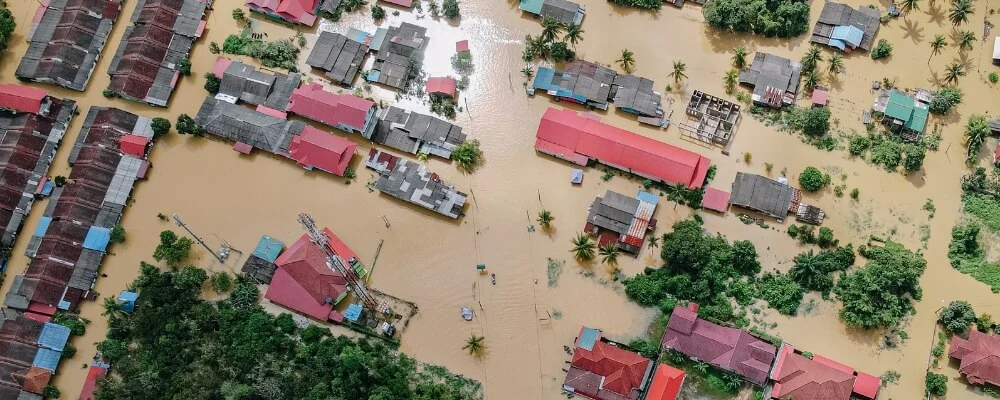
Flooding can displace thousands, if not millions, of people, causing extensive property damage and loss of life. Polluted water sources can lead to widespread health issues, and waterborne diseases can result in severe outbreaks affecting entire communities.
Importance of Recognizing and Managing Water Hazards
Recognizing and managing water hazards is essential for multiple reasons:
- Safety and Preservation of Life: Many water hazards threaten human life. Understanding these threats and how to manage them reduces the likelihood of injuries and fatalities.
- Economic Impact: Water hazards like flooding can result in significant property damage and economic losses. Proper management can minimize these impacts, protecting livelihoods and reducing recovery costs.
- Environmental Concerns: Water hazards can severely affect Natural habitats and ecosystems. For instance, polluted water sources can harm aquatic life and disrupt the balance of ecosystems.
- Public Health: Waterborne diseases can spread rapidly if water sources are not managed and kept clean. Recognizing these hazards ensures communities access to safe, clean drinking water.
- Community Resilience: A community that recognizes and actively manages water hazards is better equipped to respond to and recover from these events. This fosters resilience, ensuring the community can bounce back faster after a disaster.
In summary, water hazards present significant challenges, but with proper recognition and management, their impacts can be substantially reduced, protecting individuals and communities.
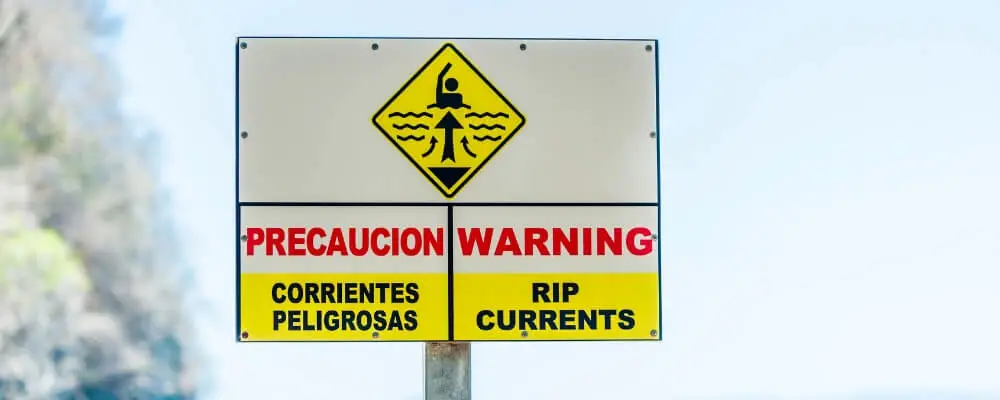
10 Different Examples Of Water Hazards
Water hazards refer to potentially dangerous situations or water conditions that threaten human safety or property. Here are 10 different examples of water hazards:
1. Flooding
Flooding is an overflow of water onto land that is usually dry. This can happen due to a variety of reasons. Excessive rainfall can oversaturate the ground, causing water to accumulate in areas it normally wouldn’t. Similarly, storm surges, abnormal rises in sea level due to storms, can push seawater inland, creating floods in coastal areas. Rivers and dams, when filled beyond their capacity, can overflow onto adjacent lands.
The aftermath of flooding is often devastating. It can result in the tragic loss of lives, massive damage to infrastructure such as roads, bridges, and buildings, and a significant disruption to communities. The economic and psychological toll on the affected regions can be long-lasting, with recovery efforts extending over months or even years.
2. Rip Currents
Often mistaken for undertows or riptides, rip currents are powerful, narrow channels of fast-moving water. They can occur near beaches with breaking waves. These currents move from the shoreline and head out towards the sea, and their strength can often catch swimmers off guard. Even the most experienced swimmers can struggle against a rip current.
The danger lies in the current’s ability to pull swimmers away from the shore and into deeper water. Panicking in such a situation can lead to exhaustion and, tragically, drowning. Awareness of rip currents and understanding how to break free from their pull (swimming parallel to the shore) is essential for beach safety.
3. Open Water Drowning
Swimming in open waters, such as oceans, rivers, and lakes, presents challenges not found in controlled environments like swimming pools. The unpredictability of currents, sudden drop-offs, and the vastness of these water bodies can prove difficult.
Lack of proper swimming skills, underestimating the power of currents, or being caught off-guard by unexpected water conditions, like cold temperatures causing cramps, can lead to open-water drowning. Individuals must be aware of their abilities and the water conditions and always prioritize safety, such as using life vests when uncertain of one’s swimming abilities.
4. Polluted Water Sources
Water contamination can occur for various reasons, from industrial discharges to agricultural runoff and improper waste disposal. Consuming or even coming in contact with polluted water can have adverse health effects. Contaminants like bacteria, viruses, and chemicals can lead to gastrointestinal diseases, respiratory infections, and skin conditions.
Exposure to certain toxic contaminants can lead to chronic diseases or neurological issues in severe cases. Access to clean water is essential for public health, and contaminated water sources can have ripple effects throughout communities, impacting health, economic productivity, and quality of life.
5. Ice Hazards
While frozen lakes and rivers can offer scenic beauty and recreational opportunities, they also present significant risks. Ice thickness can vary, and what might appear as a solid surface can be dangerously thin in spots. When individuals venture onto ice without ensuring its thickness and stability, there’s a risk of the ice breaking, leading to potential drownings.
Cold water temperatures exacerbate the danger as they can induce hypothermia rapidly, impairing a person’s ability to swim or stay afloat. It’s always recommended to exercise extreme caution and to have knowledge about the ice conditions before venturing onto frozen water bodies.
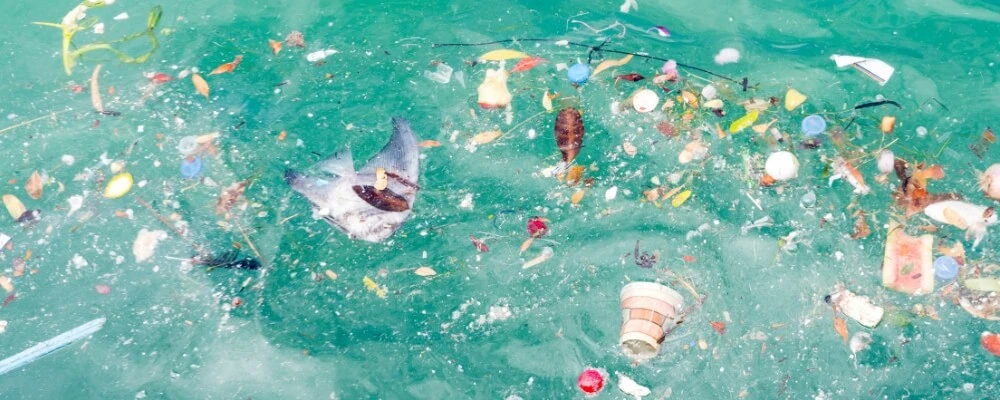
6. Dam Failure
Dams are massive structures designed to hold back large volumes of water, often for electricity generation, water supply, or flood control. However, structural weakness or an external factor that exceeds the dam’s capacity or design limits can lead to dam failure.
Such a failure can unleash vast amounts of water downstream at an incredibly rapid pace, leading to catastrophic flooding. This sudden release can devastate communities living downstream, wiping out infrastructure property and posing severe threats to life.
Causes of dam failures can range from poor design, lack of maintenance, natural disasters, or even sabotage. The repercussions of such failures underscore the importance of rigorous design, regular inspections, and maintenance practices.
7. Tsunamis
Originating from the Japanese words “tsu” (harbor) and “nami” (wave), tsunamis are not typical sea waves. Instead, they are a series of vast water waves caused by disturbances beneath the ocean’s surface, such as underwater earthquakes, volcanic eruptions, or landslides.
When these waves approach shallow coastal areas, their energy gets compressed, dramatically causing them to rise in height. The result is a massive wall of water that can inundate coastlines, causing extensive damage and loss of life. Their speed and unpredictability often give little time for residents to evacuate, amplifying their destructive power.
8. Storm Surges
Storm surges are abnormal rises in sea levels, mainly driven by the strong winds of a storm or hurricane and, to a lesser extent, by the atmospheric pressure changes they bring. When these surges coincide with the natural high tides, they can increase sea levels, leading to significant coastal flooding.
Understanding the fundamentals of hurricane safety is essential for coastal communities, as proper preparation and early warning systems can significantly reduce the damage caused by storm surges.
Such flooding can erode coastlines, damage or destroy infrastructure, homes, and ecosystems, and pose immediate risks to human life. Coastal communities are especially vulnerable to storm surges, and their devastating potential highlights the importance of early warning systems and preparedness measures.
9. Boating Accidents
The allure of open waters has made boating a popular recreational activity. However, with it comes inherent risks. Factors such as turbulent waters, unexpected weather changes, equipment failure, or even the inattention of the boat’s operator can lead to accidents. Additionally, inexperience in navigating waters or handling specific boat types can escalate risks.
Collisions, capsizing, or passengers falling overboard can lead to serious injuries, drownings, or even fatalities. Regular maintenance of boats, adherence to safety protocols, and proper training can substantially mitigate these risks.
10. Waterborne Diseases
Water, when stagnant or contaminated, can become a host to many pathogens, including bacteria, viruses, and parasites. These pathogens can lead to waterborne diseases that can be severe or even fatal. For instance, cholera, caused by the bacterium Vibrio cholerae, can lead to severe dehydration and death if untreated.
Typhoid fever, caused by Salmonella Typhi, is another example of fever, weakness, and abdominal pain. Dysentery, which results in bloody diarrhea, can be caused by various pathogens in tainted water. Ensuring access to clean and treated water, proper sanitation practices, and public health education are vital in preventing the spread of these diseases.
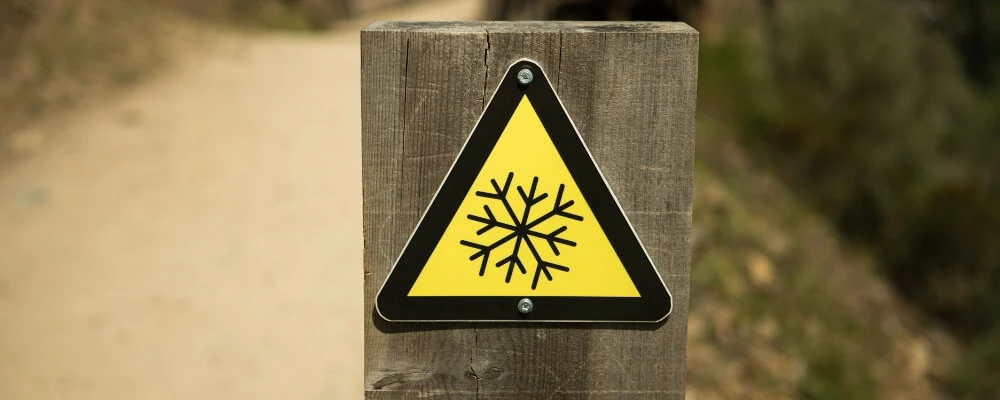
Water Hazards Prevention and Mitigations
Preventing and mitigating the effects of water hazards is a critical endeavor that involves various strategies from governments, communities, and individuals. To safeguard lives, property, and the environment, plans and measures must be developed to decrease the risk associated with these hazards.
Prevention
Prevention of water hazards fundamentally involves understanding the risk factors and taking proactive measures to avoid potential dangers. This might entail creating robust infrastructure that can withstand extreme weather events, educating the public on safe water practices, and implementing strict guidelines for industries to prevent water pollution.
Early warning systems can significantly prevent loss of life due to tsunamis and storm surges, offering timely alerts that enable people to evacuate to safer areas. Moreover, urban planning should consider the natural water flow patterns to prevent the creation of potential flood zones.
Mitigation
Conversely, mitigation is about minimizing the impact of water hazards that cannot be entirely prevented. This involves creating and maintaining flood barriers like levees and dams to control water levels and protect communities from flooding. Constructing buildings with flood-resistant materials and elevating structures in flood-prone areas can also reduce damage.
Moreover, emergency response plans must be in place to provide swift relief and assistance in the aftermath of a water-related disaster. Effective mitigation strategies also encompass ongoing community education on responding to various water hazards to protect oneself and others.
Through concerted prevention and mitigation efforts, communities can be better prepared to face water hazards, reducing potential damage and facilitating a quicker recovery when these events occur. This continual process requires collaboration, innovation, and vigilance to adapt to changing conditions and emerging threats.
Conclusion
In all its vastness and versatility, water plays myriad roles in our lives — from sustainer to potential destroyer. The spectrum of water hazards we’ve discussed underscores the imperative of being vigilant and informed. While some hazards manifest nature’s raw power, others result from human actions and neglect. It’s a stark reminder that our relationship with water is one of mutual respect and understanding.
By recognizing and learning about these hazards, we equip ourselves with knowledge and foster a culture of safety and preparedness. Awareness is our first line of defense, whether it’s the immense force of a tsunami or the subtle threat of waterborne diseases. Let’s move forward, cherishing the invaluable resource that water is while always being conscious of its potential risks.

